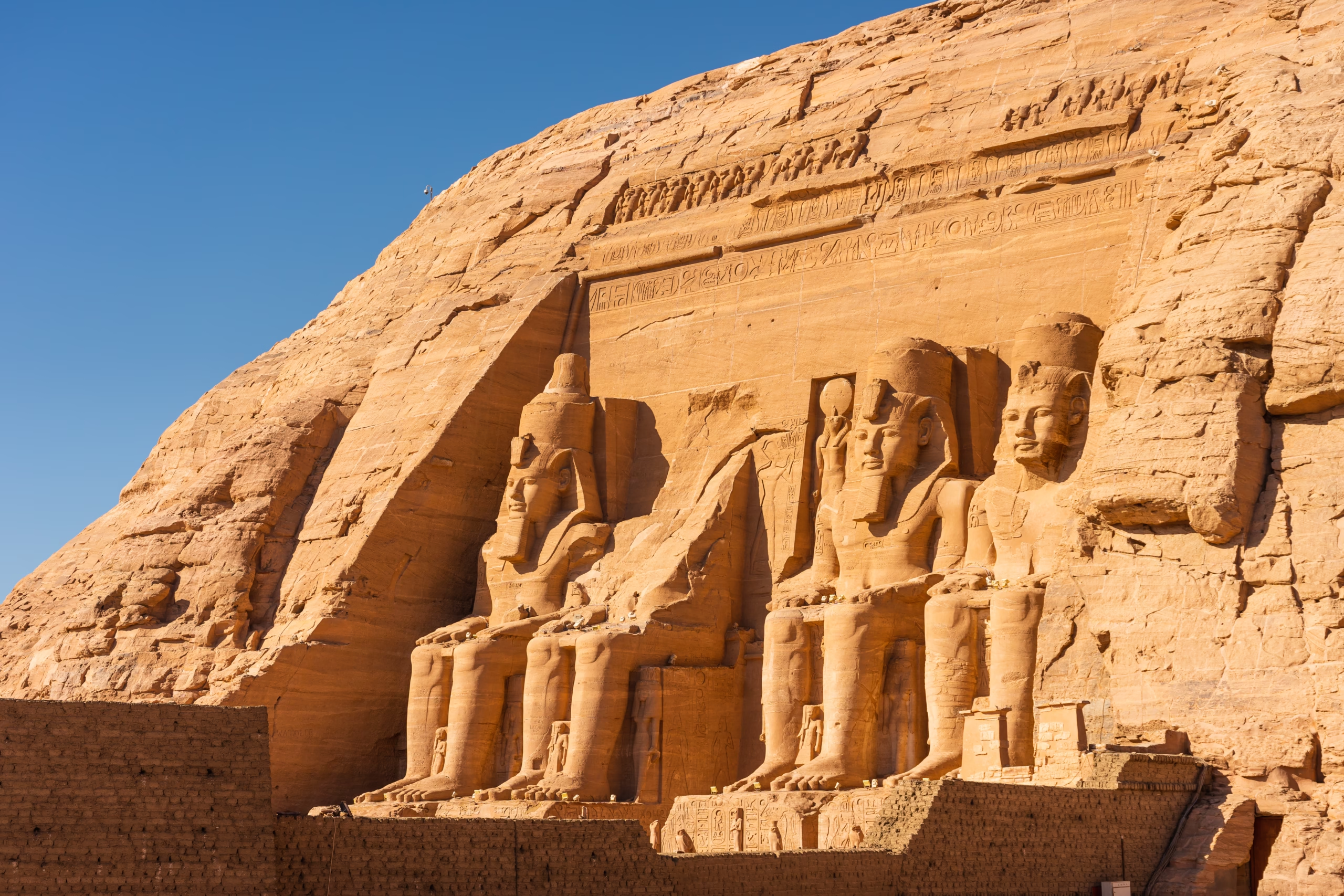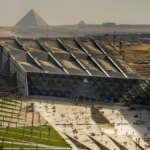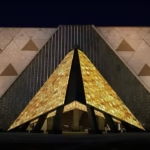Art and architecture in Egypt are not just aspects of its history; they are the very soul of a civilization that has spanned millennia. From the awe-inspiring pyramids to the intricate Islamic mosques and contemporary urban designs, Egypt has continuously been a beacon of artistic and architectural innovation. This post serves as a cornerstone for exploring the magnificent evolution of Egypt’s art and architecture, offering a window into its cultural essence.
A Journey Through Time: Art and Architecture in Ancient Egypt
Egypt’s artistic and architectural journey began over 5,000 years ago, with the birth of one of the world’s earliest civilizations. Ancient Egyptian art was deeply symbolic, portraying gods, pharaohs, and everyday life with an emphasis on harmony and order. Stone carvings, intricate hieroglyphics, and colorful frescoes adorned tombs and temples, serving both spiritual and practical purposes.
Architecturally, the Old Kingdom witnessed the construction of the Pyramids of Giza, an eternal symbol of Egyptian ingenuity. These monuments were not merely tombs but an embodiment of the society’s spiritual beliefs and mastery of engineering. The Middle and New Kingdoms saw the rise of monumental temples, such as Karnak and Luxor, blending grandeur with intricate details that celebrated deities and pharaohs alike.
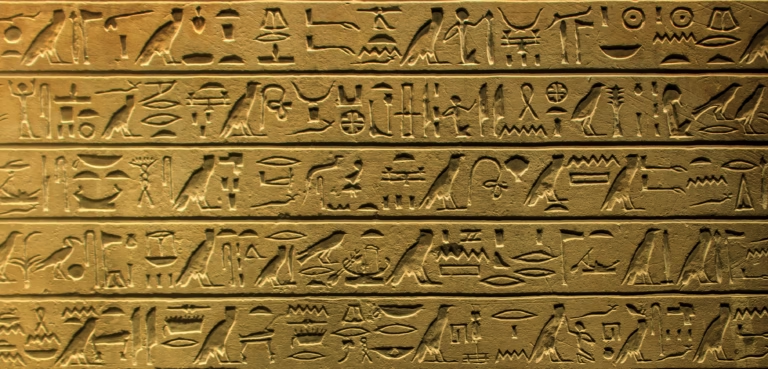
The Influence of Greco-Roman Art and Architecture
With the arrival of Alexander the Great and later Roman influence, Egyptian art and architecture took on a unique blend of Hellenistic and traditional elements. This period produced iconic structures like the Library of Alexandria and the Temple of Philae, showcasing a seamless fusion of Greek aesthetics with Egyptian symbolism.
Sculptures from this era, such as the famed statue of Cleopatra, reflect this cultural amalgamation. The Greco-Roman influence enriched Egypt’s artistic landscape, setting the stage for further evolution.
The Flourishing of Islamic Art and Architecture
The advent of Islam in the 7th century marked a profound shift in Egypt’s architectural and artistic focus. Islamic art flourished, emphasizing geometric patterns, arabesques, and calligraphy, while mosques became the centerpiece of urban development. The Fatimid, Mamluk, and Ottoman periods saw the construction of iconic mosques like Al-Azhar and Sultan Hassan, showcasing exquisite craftsmanship and innovative engineering.
Islamic art in Egypt is renowned for its intricate details and functionality, blending beauty with purpose. The mashrabiya (wooden latticework windows) and domed ceilings are enduring symbols of this era’s architectural brilliance.
The Coptic Heritage: A Testament to Resilience
The 19th and 20th centuries brought colonial and modernist influences to Egypt’s architecture. European-inspired structures, like Cairo’s Abdeen Palace and the Aswan Dam, showcase Egypt’s openness to global architectural trends. This period also saw the rise of urban planning in cities like Alexandria and Cairo, blending traditional styles with contemporary needs.
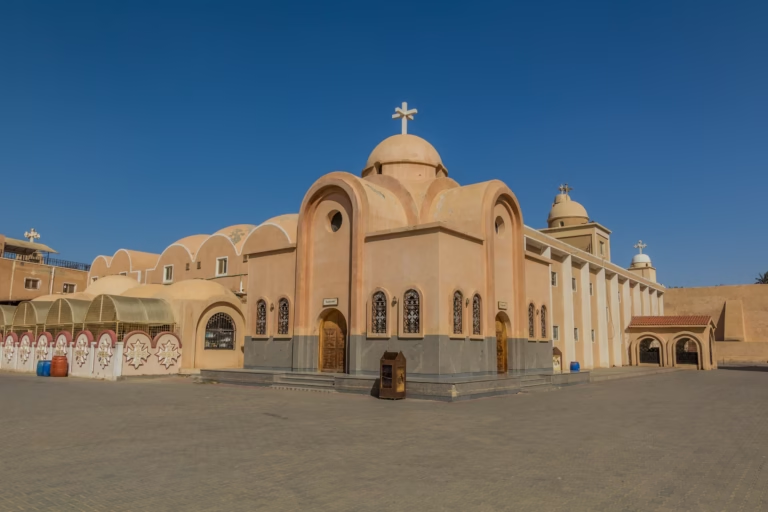
Contemporary Art and Architecture in Egypt
In today’s Egypt, art and architecture continue to thrive as vibrant expressions of identity and innovation. The Grand Egyptian Museum, a marvel of modern architecture, stands as a gateway to the treasures of the past, while new urban developments reflect the country’s aspirations for the future.
Contemporary Egyptian art spans diverse mediums, from digital installations to street art, reflecting the dynamism of its society. Architectural projects blend sustainable practices with aesthetic appeal, marking Egypt’s commitment to a global future.

Why Art and Architecture Define Egypt ?
Art and architecture are not merely disciplines in Egypt; they are living chronicles of a civilization’s values, beliefs, and aspirations. Each era has contributed to this intricate mosaic, offering lessons in resilience, creativity, and cultural pride.
At Horus Academy, we invite you to delve deeper into the stories behind these masterpieces. Explore our comprehensive guides, detailed analyses, and visual galleries to truly understand how art and architecture in Egypt have shaped its timeless legacy.
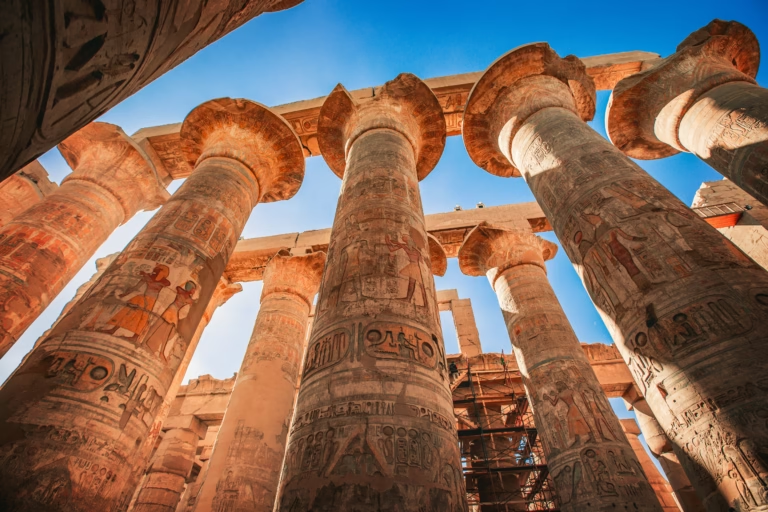
Conclusion and Takeaways
Egypt’s art and architecture are more than historical achievements; they are living legacies that continue to inspire and define the cultural identity of a nation. From the majestic pyramids of Giza to the vibrant modern art scene, each era has contributed layers of beauty, innovation, and resilience to Egypt’s creative tapestry. Whether exploring ancient tomb carvings, Coptic monasteries, or contemporary architectural marvels, the journey through Egypt’s artistic and architectural heritage is nothing short of awe-inspiring.
At Horus Academy Egypt, we are committed to shedding light on these timeless creations, offering insights and perspectives that bring history and culture to life. This cornerstone post is just the beginning—dive deeper into our blog category on Art and Architecture in Egypt to uncover more about the stories behind these masterpieces.
Key Takeaways:
- Egyptian art and architecture span over 5,000 years, from ancient wonders to modern innovations.
- Each historical era contributed unique styles and ideas, blending spirituality, culture, and functionality.
- Ancient Egypt’s focus on symbolism and harmony set a global benchmark for artistic and architectural excellence.
- Islamic, Coptic, and Greco-Roman influences have enriched Egypt’s creative heritage, creating a vibrant and diverse cultural landscape.
- Contemporary art and architecture continue to honor the past while embracing modern techniques and sustainability.
Through understanding Egypt’s art and architecture, we connect not only with history but also with the universal human pursuit of creativity and expression. Keep exploring with Horus Academy Egypt, your guide to unlocking the treasures of Egyptian culture.
